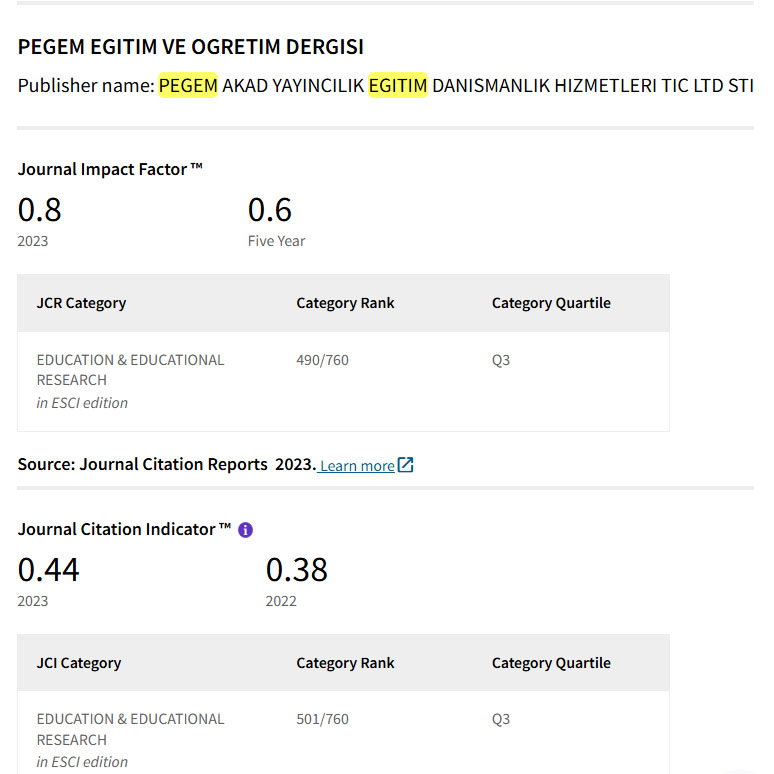Balancing Efficacy and Infection Risk: Low Dose Rituximab in Primary Autoimmune Hemolytic Anaemia
Keywords:
Infection Risk, Rituximab ,Autoimmune Hemolytic AnaemiaAbstract
Background: Primary autoimmune hemolytic anaemia (AIHA) is a rare hematologic disorder marked by the immune mediated destruction of red blood cells, leading to variable degrees of anemia and hemolysis. While corticosteroids remain the mainstay of first-line therapy, a significant proportion of patients experience refractory or relapsing disease, prompting the use of second-line immunosuppressive agents. Rituximab, a monoclonal antibody targeting CD20-positive B cells, has become an established therapeutic option, with increasing interest in low-dose regimens aimed at balancing efficacy with infection risk.
Downloads
References
Barcellini W, Fattizzo B. Clinical applications of hemolytic markers in the differential diagnosis and management of hemolytic anemia. Dis Markers. 2015;2015:635670.
Jäger U, D'Sa S, Schörgenhofer C, et al. Rituximab in the treatment of autoimmune hemolytic anemia: Results from a prospective trial with long-term follow-up. Hematol Oncol. 2019;37(4):379-385.
Downloads
Published
How to Cite
Issue
Section
License

This work is licensed under a Creative Commons Attribution-NonCommercial 4.0 International License.
Attribution — You must give appropriate credit, provide a link to the license, and indicate if changes were made. You may do so in any reasonable manner, but not in any way that suggests the licensor endorses you or your use.
NonCommercial — You may not use the material for commercial purposes.
No additional restrictions — You may not apply legal terms or technological measures that legally restrict others from doing anything the license permits.



